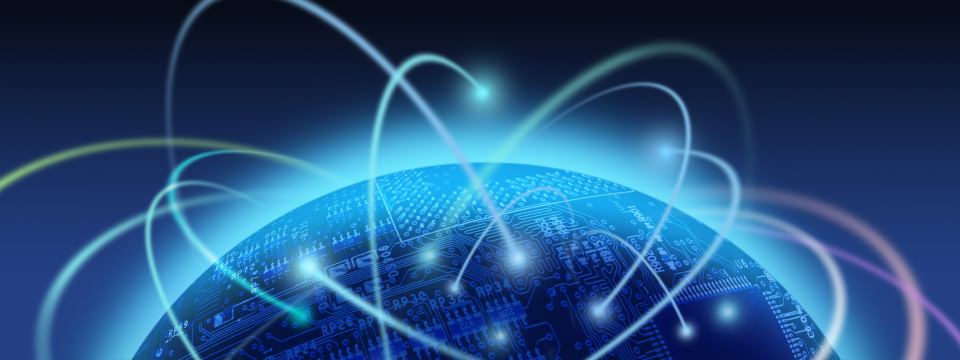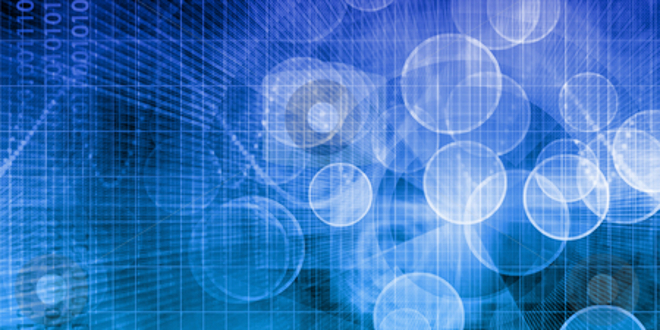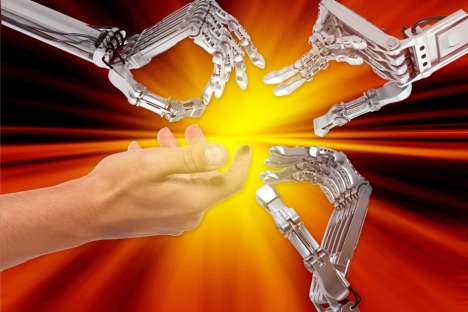
Actiongram lets you create augmented reality tales without a lick of visual effects experience.

A new class of miniature biological robots, or bio-bots, has seen the light -- and is following where the light shines. The bio-bots are powered by muscle cells that have been genetically engineered to respond to light, giving researchers control over the bots

As optical computing becomes a more realistic prospect, lasers will be required to connect components inside our devices. Now, a new silicon-based laser could make it far easier for researchers to replace wires with beams of light.

Graphene is 1 million times thinner than a human hair, 300 times stronger than steel, and notoriously difficult to manipulate into 3D shapes, until now.
Machine Creates Beautiful Music with 2000 Marbles and Bells (MUST SEE)

The substance that provides energy to all the cells in our bodies, Adenosine triphosphate (ATP), may also be able to power the next generation of supercomputers. The discovery opens doors to the creation of biological supercomputers that are about the size of a book.

In experiments, light-based Internet was fast enough to download the equivalent of 23 DVDs in one second.

While there are several large-scale construction 3D printers being developed, none of them could really be called elegant or graceful. Mostly these huge machines print utilitarian shapes out in concrete materials that need to be smoothed and considerably altered.
Boeing has patented technology to 3D print objects while levitating in space. Boeing plans to 3D print aircraft parts using this technology.
The technology in Atlas, the bipedal robot from Boston Dynamics, could change the future of disaster response and household ‘bots alike.

Terrafugia is building the first-ever unmanned prototype of its TF-X flying car. They claim the vehicle will be ready for testing in 2018 and available for purchase by 2025.

Scientists at the University of Southampton have taken this one extraordinary step further, announcing that they have developed a method to record data that could outlast the human race itself.

System could help prevent robots from overwhelming human teammates with information.

Artificial intelligence researchers have turned to literature to try to teach ethics to machines.